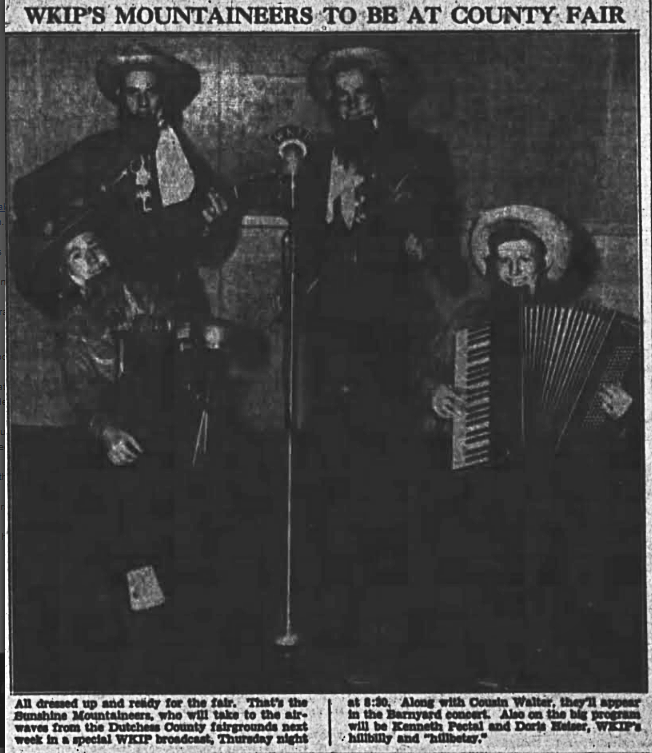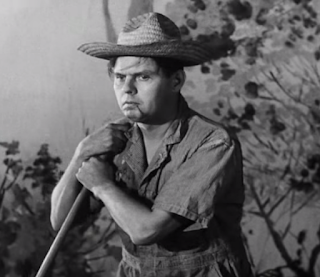 |
| The newest inductee to the Rock & Roll Hall of Fame: the Rock & Roll Hall of Fame |
CLEVELAND - In a move that has been met with little surprise and less controversy, the Rock & Roll Hall of Fame has voted unanimously to induct itself into the Rock & Roll Hall of Fame as part of its new Places and Institutions category.
"From Chuck Berry to Nirvana, rock music has been shaped by legendary, innovative performers over the years," says Caroline Hansen, vice president of collections and curatorial affairs for the Cleveland museum, "but in the past we've also recognized the contributions of producers, executives and songwriters in our Non-Performers category. The next logical step was to create a category especially for the buildings and physical locations that truly shaped rock history."
Besides the Rock Hall, the inaugural class of inductees includes: Sun Studio in Memphis, where Elvis Presley, Jerry Lee Lewis, Carl Perkins and others recorded; Yasgur's Farm in Bethel, NY, home of the original Woodstock music festival; Liverpool's Cavern Club, where The Beatles got their start; the Altamont Motor Speedway in Tracy, CA; and the notorious Riot House hotel in West Hollywood.
Dedicated in 1995, the $65 million museum is by far the newest site on that list.
"This may seem incredibly self-serving, even galling, but we put a lot of thought into this," maintains Hansen. "After much debate, we all agreed that the Rock and Roll Hall of Fame, located at 1100 E. 9th St. in Cleveland and open from 10am to 5:30pm Sunday through Tuesday and 10am to 9pm Wednesday through Saturday, is worthy of being inducted into itself. By the way, did I mention that we currently have an entire exhibit dedicated to Neil Young's fringe-y leather jackets from the '70s? Some of them still smell like doob!"
Hansen further argues that the Rock Hall is more, not less, worthy of induction than other buildings. "This place was designed by I.M. Pei. Who designed Sun Studio? Exactly. Some jerk that nobody remembers."
The Rock Hall further announced its intention to create an Inanimate Objects category for such legendary items as the plaster cast of Jimi Hendrix's penis and the Led Zeppelin mudshark.





















